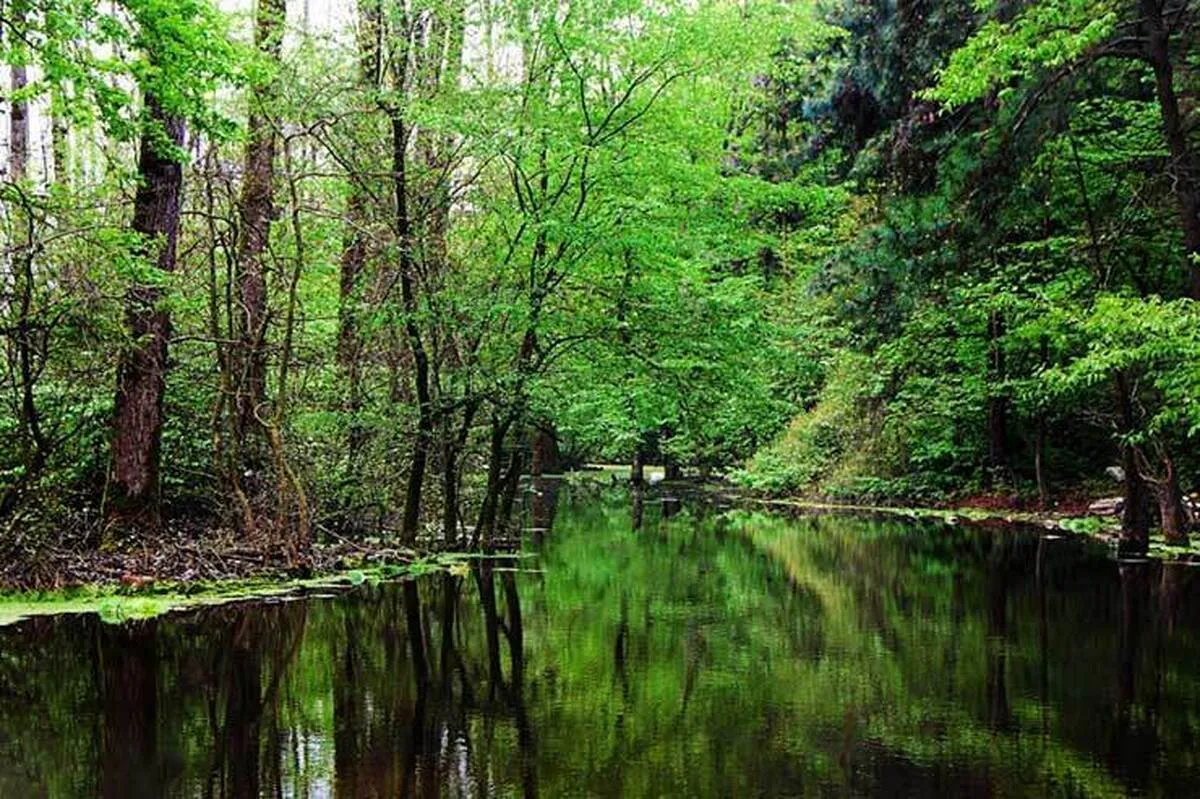World Bank Stresses Growth of Iran’s Forests by 15% in 20 Years

In 2001, the forest area in Iran was 9.3 million hectares (Mha), but this figure has increased to 10.7 Mha in 2021, the report said.
The World Bank report added that the growth of Iran’s forests comes even though forests across the globe are shrinking.
The report also said that South America, South Africa, and Southeast Asia are countries experiencing a decrease in their vegetation and have been the focus of deforestation over the past two decades.
Based on the assessments provided by the World Bank, Iran is among the countries with an increase in their forest vegetation from 1990 to 2021.
Countries like China, Cuba, Russia, India, Germany, France, the US, Canada and Mongolia have the same status as Iran regarding their vegetation.
There are 11 types of ecosystems in the world, 9 of which are identified in Iran. Moreover, out of 42 types of wetlands, 41 types exist in the country. Therefore, Iran is one of the 20 countries rich in biodiversity and genetics.
Biological and genetic diversity in the country has caused many plants and animals to be native to Iran, currently, there are 2,100 endemic plant species in Iran.
Each region is defined by its characteristics that play a significant role in a land's biodiversity and richness, based on which, Iran shares five ecological zones with specific flora from the lowest to the highest parts, namely, Caspian, Iran-Turani, Arasbaran, Zagros, and Persian Gulf-Omani ecological zones.
The great difference between the two latitudes of the north and south of the country and the existence of different plains, altitudes, and climates have given a very diverse view of the vast land so that a variety of vegetation and plant species are grown across it.
The Hyrcanian ecological zone covers the green belt, the southern margin of the Caspian Sea, and the northern profile of the Alborz Mountain range. The forested areas of the region stretch to 2.4 million hectares covering Astara in Gilan province to Glidaghi in Golestan province.
The area of forests in the Iran-Turani ecological region, which covers most of the central plateau of Iran, is 4,666,941 hectares. Based on topographic and altitude conditions, this region is divided into two mountainous regions with a cold climate and a desert with a hot and dry climate.
Arasbaran forests, which are among the semi-humid forests of the country, are located in the province of East Azarbaijan and northwest of Ardebil province, which covers 174,838 hectares.
Some sources date the Zagros oak forests to 5,500 years. The creation and expansion of these forests are due to rainfall raised by the Mediterranean system and the Black Sea, which extends from the Sardasht area of West Azarbaijan to Firoozabad city of Fars province covering an area of 5,440,494 hectares.
The forests of the Persian Gulf-Omani ecological region include part of the southwest and all southern coasts, covering 2,039,963 hectares. Due to ecological differences, the main vegetation is divided into two territories of the Persian Gulf and the Sea of Oman.
4155/v





















